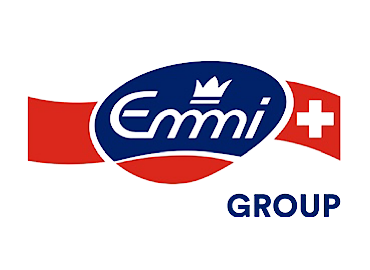The Contentserv PIM solution provides great flexibility in data generation, with users managing an impressive amount of data (2,400,000 attributes, 24,000 references, and 172,000 ean/UPC barcodes). Export procedures integrated into the solution speed up the automatic creation and editing of catalogs and web pages, allowing Lacoste to export up to 40,000 items daily. Users can then assemble images, technical attributes, and prices by simply dragging and dropping them onto dynamic models subject to pre-established rules.
Other significant advances include the ease of creating new attributes such as information that allows consumers to refine their choices and maximize their shopping experience. This process used to take several months and now takes only 2 or 3 weeks. Furthermore, as fashion is governed by seasons, it is necessary to reconfigure entire offerings every six months. The Contentserv PIM solution allows Lacoste to maintain the attributes (about 300 per product) of the models that remain on sale, and thus, avoids rebuilding the catalog from scratch.






